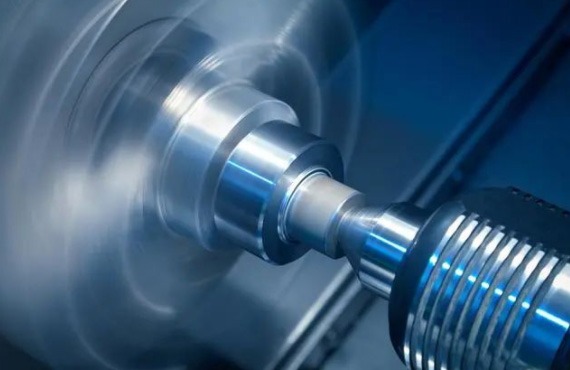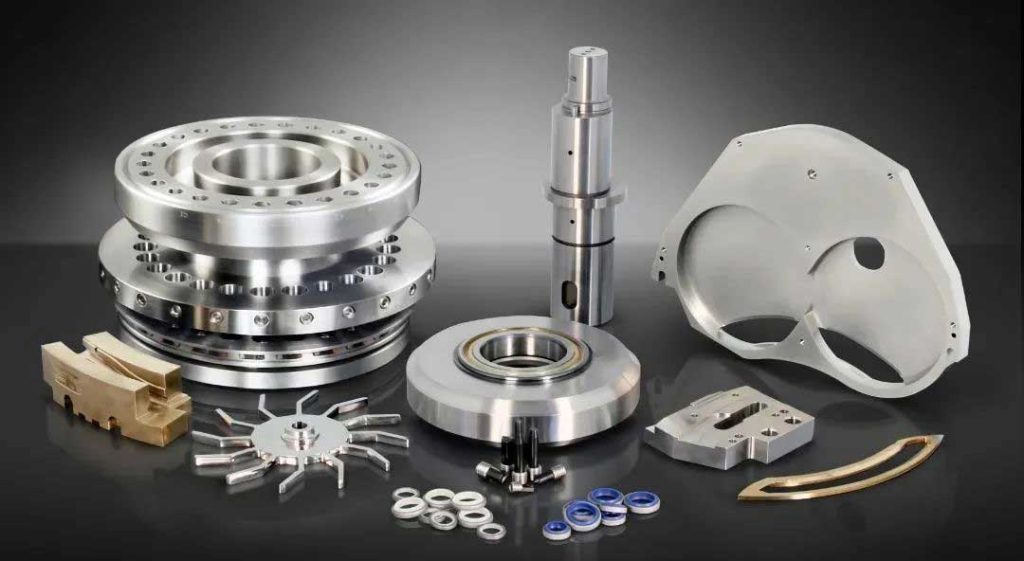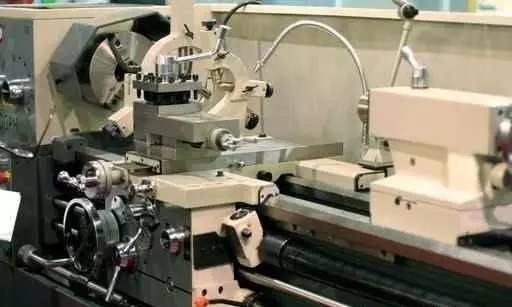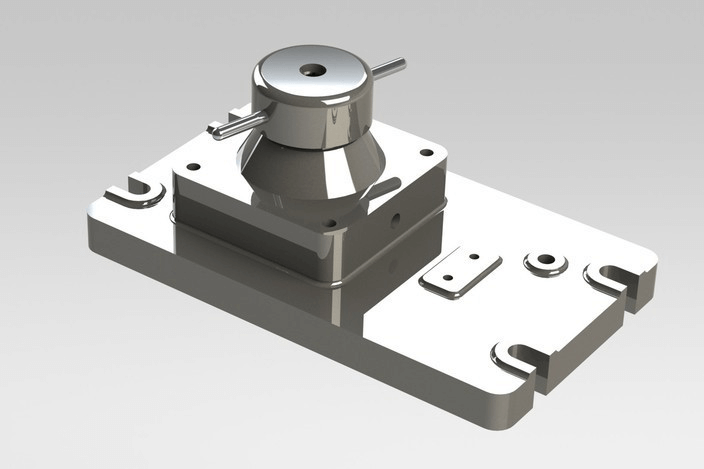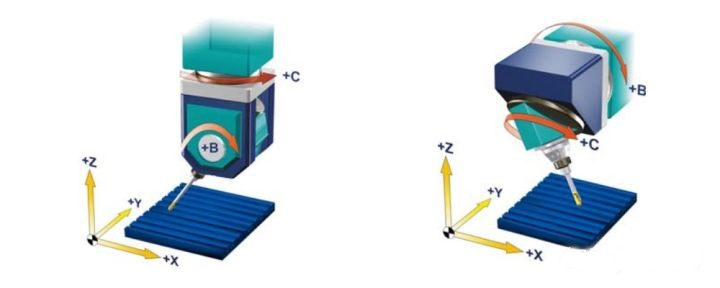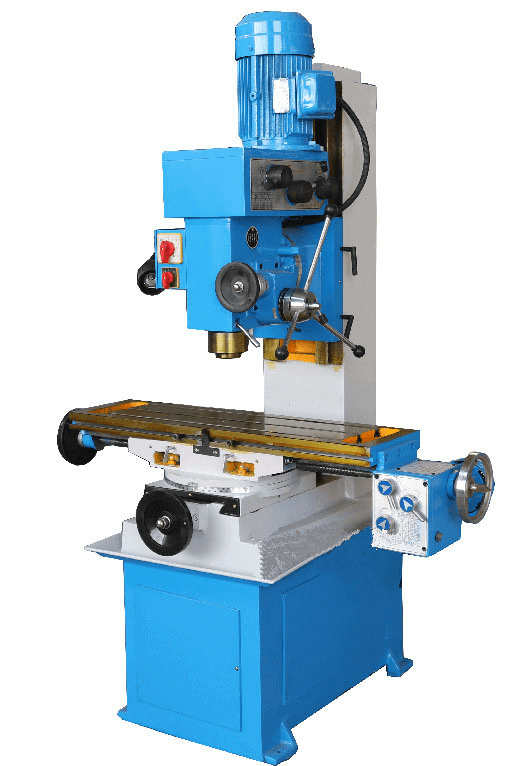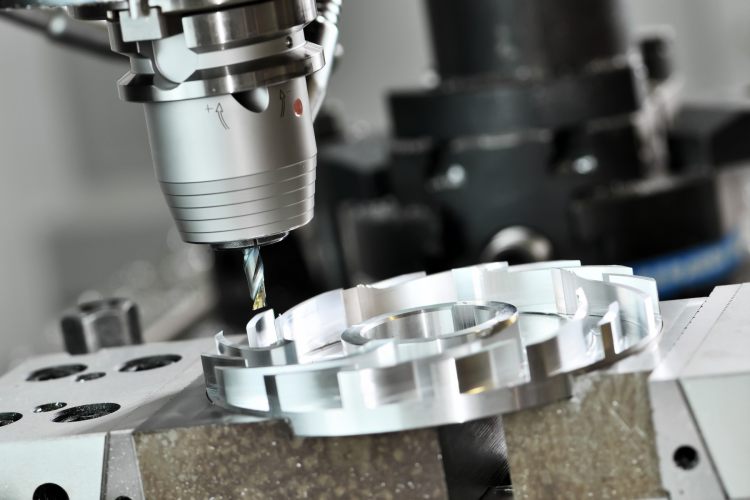CNC machining parts provide computer gong machining, precision parts machining, film and television equipment parts machining, electronic product fixing brackets, CNC machining, numerical control machining, etc. While how does the machined part meet the customer’s needs:

1) When the customer first puts forward the parts processing requirements, the engineer will list the possible adaptation requirements for the part structure, and confirm with the customer.
2) For the adapted parts, the customer is better to find the same supplier for processing. If not, we recommend that the customer provide an adapter as one of the means of product verification.
3)if it is a new product and part, engineers will design the parts according to the customer’s adaptation needs, and make assembly drawings, to verify the clearance and movement space.
4 inspection methods for CNC machining parts and items:
1. In the small batch production, the part’s dimensional accuracy is generally inspected with an outside micrometer;
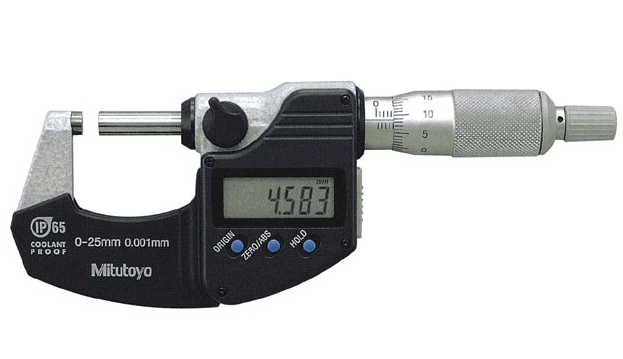
2. In mass production, smooth limit gauges are often used for inspection, and long workpieces with high precision can be inspected with a comparator.
3. The surface roughness of parts can be inspected by roughness template; when the requirements are higher, it can be inspected by optical microscope or profiler.
4. The roundness error of CNC lathe machining part can be determined by the half of the largest difference of the inner diameter, which is in the same section of the workpiece and measured by a micrometer, or can be measured by a dial indicator with the help of a V-shaped iron. If conditions permit, it can be checked with a roundness instrument. The cylindricity error is usually determined by measuring the difference between the maximum and minimum values in the same axial section with a micrometer. The mutual position accuracy inspection of the main shaft generally takes the center hole at both ends of the shaft or the center hole plugged by the process cone as the positioning reference, and the dial gauge is used to measure the top of the two supporting journals.
3 Solutions For Manufacturer
1. Low cost
It is conducive to reducing the overall cost of customers’ products, and can improve customer profits and market competitiveness.
2. Reliability of the process
We can’t do the product well once, but we must be able to ensure that the product is done well every time. This requires the stability, reliability and reproducibility of the process. It is necessary to select a process route; Through proofing and trial production, the proven successful process must be solidified through SOP to ensure the reliability of processing, rather than errors caused by people.
3. Delivery time:
No matter how good the product is, if it does not meet the customer’s delivery requirements, it is also a meaningless product and service. We need to respond quickly and simplify the process to meet the customer’s delivery requirements.


